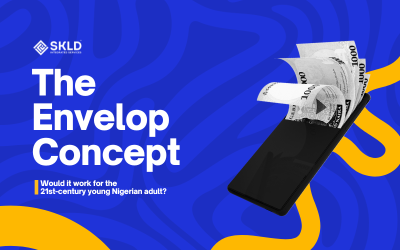
Language is a powerful tool of communication. It helps users pass messages, decode meaning and facilitate greater understanding. While it plays a critical role in the communication process, its structure, usage and forms remain significant. This significance is hinged on established and generally acceptable norms and structure that have endured generations.
But with the advent of social media, use of language and communication process are beginning to undergo changes.
The success of the Blackberry phenomenon, especially on its social media experiment and impact, gave rise to a new wave of social media networking and chat platforms all trying to integrate people globally into what is now known as a ‘global village’.
Since then, many social media chat platforms such as Facebook in 2004, Twitter (2006), WhatsApp (2009), Messenger (2011), WeChat (2011), Viber (2010) and Telegram (2013), among others, were established.
In recent years, the social media frenzy has become so huge that companies also introduced pictures and video sharing platforms such as Instagram (2010), Weibo (2009), Likee (2017) and TikTok (2018), among others.
With the new wave of socialization online, which is fast paced, online community have developed its own ethos that guide the communication process. Because of the transient nature of the social media and fast pace of communication, to achieve a certain level of brevity, interactions on these platforms have devolved into different peculiar languages, slangs and abbreviations.
